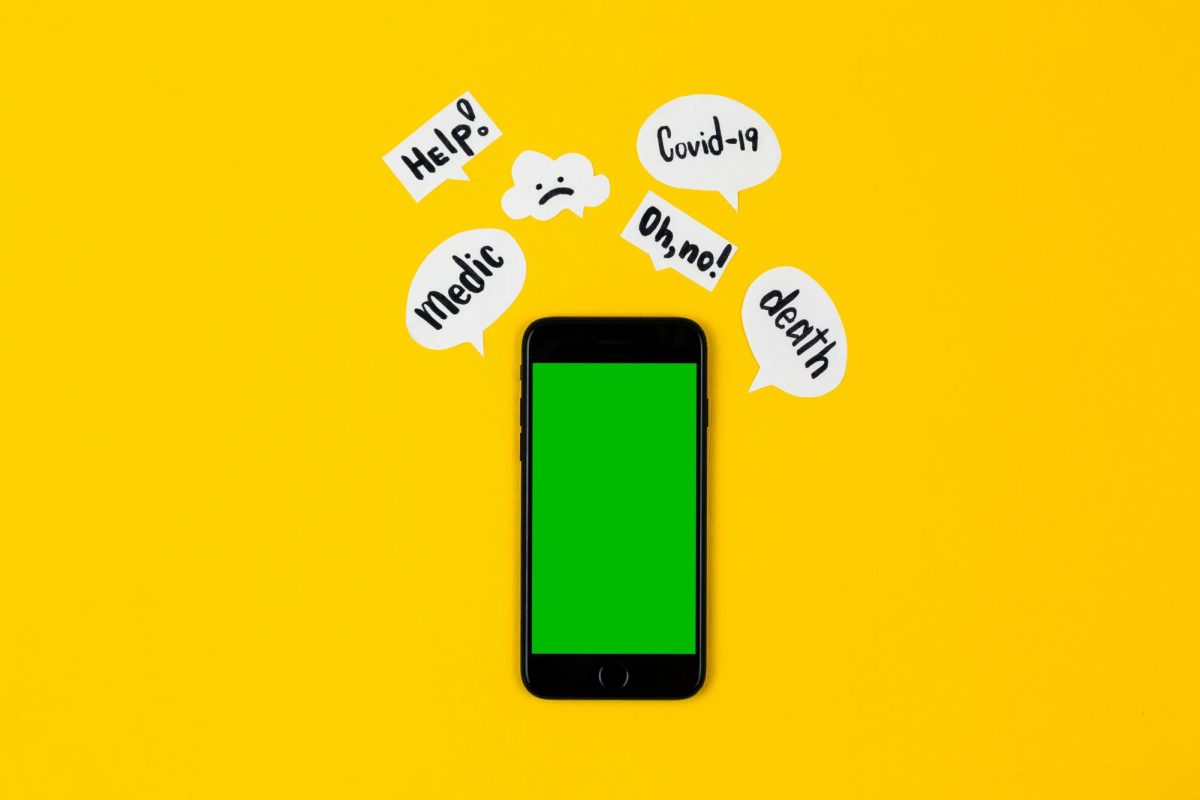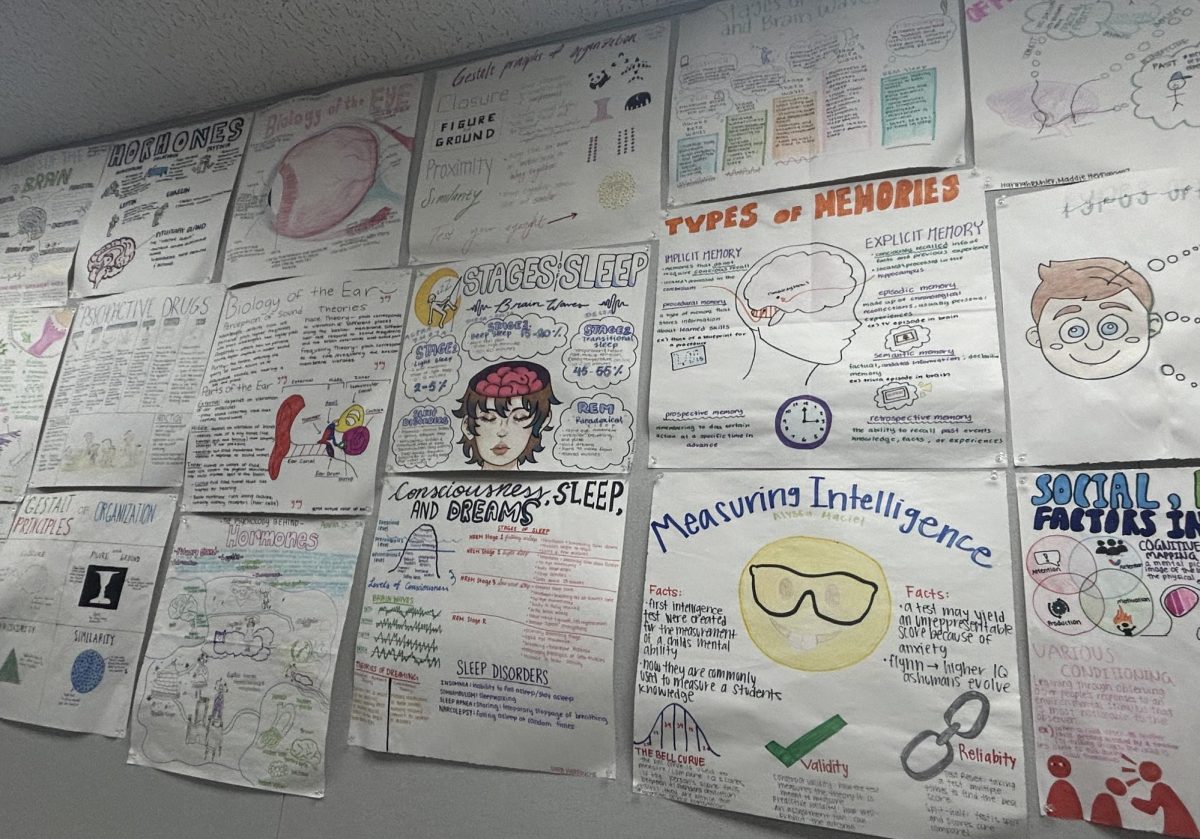LOS ALAMITOS, Calif. — When high school junior Mariah Edwards unexpectedly died from an accidental fentanyl overdose, it was an unforeseen tragedy. The 17-year-old, who came to Abington Surgical Center for a routine tonsillectomy in March 2012, was administered fentanyl to manage her pain. However, just 25 minutes post-surgery, a dangerous level of fentanyl entered her bloodstream, causing her breathing to slow. Strangely, the nurses tended to other tasks, oblivious that Edwards was struggling to breathe.
What led to this tragic event? The answer lies in a phenomenon called alert fatigue. According to Atlassian, alert fatigue is when an overwhelming number of alerts desensitizes the people responding to them, leading to missed or ignored alerts or delayed responses.
After spending considerable time in the hospital, the Abington nurses became desensitized to the numerous emergency alerts, including alarms indicating Edward’s oxygen deprivation.
Alert fatigue is common in medical settings where staff encounter a high frequency of alerts. In such cases, medical professionals focus intensely on their immediate tasks, which can lead them to overlook critical alarms. This selective attention can have dangerous, even fatal, consequences, such as Edward’s death.
“Ignoring alerts in the medical clinic is deadly. In my job, public announcements, or PA alerts, are frequent. If we continue to get emergency alerts, we can forget to check up on a patient, which can potentially cause harm,” Melissa Gutierrez, a Memorial Care M.D., said.
Alarm fatigue not only poses a risk to patients but also creates significant challenges for healthcare professionals.
“Alarm fatigue can make it difficult for hospital staff to complete work. In the hospital, we are so used to alerts that sometimes we can tune them out. Plus, alarm fatigue can cause caregiver burnout, exhaustion of taking care of someone, due to the stress of missing alerts,” Gina Lupisan, a Memorial Care nurse, said.
What does alert fatigue mean in schools?
Alert fatigue typically affects public health workers but can also seriously impact students.

With new alarm systems being implemented in schools, student safety is a priority. However, psychologists suggest that because of alarm fatigue, giving students too many emergency drills and alerts is more risky than beneficial for security.
According to the Federal Communications Commission, over 84,000 emergency alerts have been issued since 2012, which is 16 alerts every day. The Hudson City School District conducts 12 emergency drills per school year. Because of the high number of alerts, psychologists believe students may ignore real emergencies when they arise.
In a survey of 30 students at Los Alamitos High School, only 37.5% said they take emergency alerts cautiously, with 100% saying they thought their peers did not take them seriously. Additionally, 87.5% said that too many alerts cause students to not care about serious events like natural disasters or kidnappings.
“We get alerts almost every day, and they are not important or real emergencies,” LAHS junior Willow Bremser said.
Even teachers feel unsure about school emergency alerts.
“Alerts stress students out and disrupt classes, so I recommend that students turn off emergency alerts on their phones,” Mrs. Erice, an LAHS AP English Language teacher, said.
In school, this seemingly harmless skepticism can lead to ignorance of dangerous situations like natural disasters and school shootings and can cause dangers like injury and fatality. Besides violence, alarm fatigue facilitates ignorance and a lack of education. By ignoring these alerts in school, students become ignorant of problems arising in different parts of the world, resulting in disconnection and indifference toward the world’s issues.
Alert fatigue can also diminish one’s mental health. According to Medium, ignoring one’s problems, similar to ignoring the danger of alerts, can increase anxiety and depression for students. Moreover, ignoring one’s problems can lower self-esteem and self-sufficiency for students.
Because of these consequences, students should try to be aware of school alarms.
Why do people ignore alerts?
In modern society, alert fatigue is an increasingly prominent concern. With the rise of accessible technology, people receive notifications constantly. Due to safety concerns, emergency alerts are pushed out daily, and emergency drills are required in all schools.
If safety is a prominent concern, why is alert fatigue prevalent in society?
Social Factors
First, with the rise of social media, a sense of indifference and desensitization to other people’s problems is rising in modern society.
“I think desensitization is a major problem for students nowadays, as young kids are being exposed to more and more serious topics because of widespread media. I also feel that students are not physically close nor directly affected by emergencies, which furthers their detached feelings,” Mrs. Erice said.
Exposure to violence due to media, video games and technology plays a critical role in the development of desensitization. As some are tired of consistently depressing alerts of school shootings and dangerous behavior, it makes sense why teenagers would develop a sense of indifference toward alerts.
Psychological factors
Besides social factors, alert fatigue is also a result of various psychological phenomena, like systematic desensitization.
“Ignoring alerts is likely caused by unconscious and purposeful systematic desensitization,” an unnamed psychology professor said. “Students unconsciously become desensitized to alerts because they happen so often and are often false alarms. But students also purposefully desensitize themselves to alerts because of the anxiety and depression emergencies can cause.”
Systematic desensitization is a reduction in emotional or physical reactivity to stimuli through deconditioning techniques.
LAHS students display concerning signs of systematic desensitization to alerts.
Besides desensitization, classical conditioning also plays a role in causing alert fatigue. Over time, the classical conditioning, or pairing, between the conditioned stimulus of emergency alerts and the stimulus of the emergencies faded.
“As more and more alerts turn out to be false alarms, the association between emergency alerts and real emergencies decreases. This is to say, students ignore alerts because they do not associate them with real emergencies,” Mr. Anderson, an LAHS AP Psychology teacher, said.
What can we do to prevent alert fatigue?
As our society shifts to an era of productivity and growth, it is important to be mindful of what is real and what is a facade. Media can spread mass paranoia and lies, blurring the lines between something artificial and something concrete. On social media, filters, Photoshop and artificial intelligence can mimic something real, similar to alerts.
To prevent alert fatigue, students need to be aware of what is a real emergency and what is not, prioritize alerts and stay conscious of alert fatigue. Specifically, it is always essential to be aware of the tragedies that can arise from ignoring alerts.
“Alert fatigue is a serious issue affecting all students,” LAHS sophomore Claire Claypool said. “We should not ignore its consequences any longer.”

















Alyssa Mathews • Feb 4, 2025 at 6:41 pm
You did a great job with this article Amelia. This is so well written and researched throughly, I learned a lot!
Bella Kim • Feb 4, 2025 at 2:29 pm
Amelia, I’m so proud of your growth this year! This was a huge topic to take on, and you accomplished it beautifully. Your article is clear, well-organized and includes fantastic quotes and research. Congratulations!